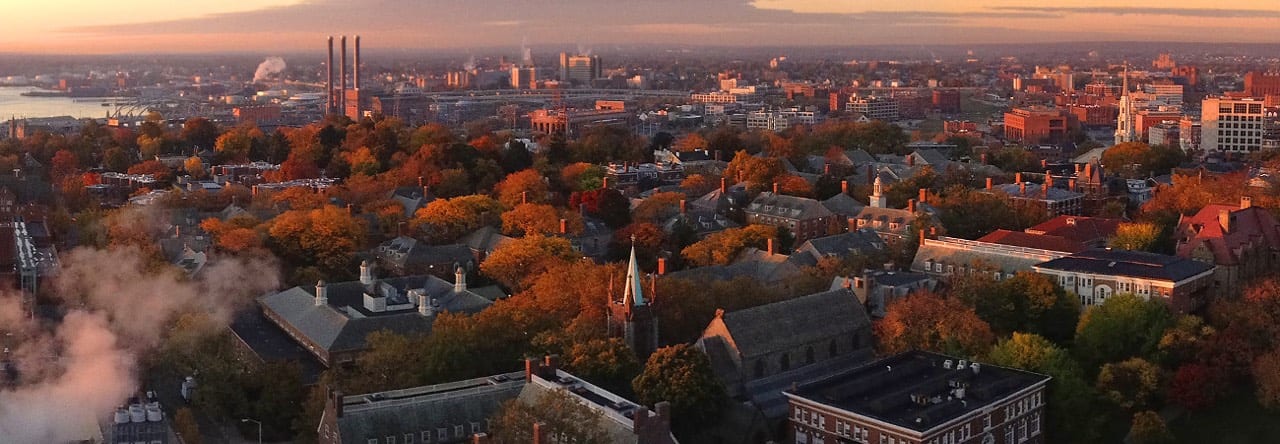Time to draw some stratigraphy! This week in the field, we were yet again blessed with outstanding weather that allowed us to stay warm and keep the trenches well lit for our drawing purposes. We originally intended to work for half the period then wash more artifacts from our dig but the light allowed us to work for the entire time! I was in trench 1 with both Lucas and Emma, and we had the difficult task of drawing the stratigraphy of our somewhat confusing cross section.
Essentially, a stratigraphy drawing is an illustration of the differences in soil that accumulate over time. As time passes, soil changes or new sediment is introduced, leaving layers of differing content. These differences can range from changes in color, texture, or material found, to more complex indicators like pollen or chemical molecules that might need the assistance of devices. We can do a lot with this stratigraphic data, but primarily it is hoped that we can use it to both date what we found within the layers and also make inferences to what might have been happening during that period of time.
Unlike Trench 2, we were tasked with a complicated, but interesting, soil change matrix. [Editor’s note: a friendly rivalry has developed between the trenches. All assertions herein are the author’s own.] Trench 2 followed the textbook example of appearing like a seven layer cake, with each soil layer being relatively flat and in order. Trench 1’s stratigraphy was less orderly, with rock inclusions and rogue layers abounding throughout.
We started off by first looking at the wall of the trench we were about to draw and picking out the important layers that needed to be rendered on our graphing paper. After deciding on what layers to draw, we used our trowel to mark the layers themselves. After this, we lined up the tape measure along the side of the wall and corresponded each 10 centimeters along the wall to a point along the marked line. All in all, we had 20 points along the 2 meter long wall for each layer. It was actually surprisingly tiring! We had to squat in the trench without hurting the wall while also keeping the measurements accurate. Once we got to the rock inclusions and the strange layer in the middle, we certainly were feeling exhausted!
After corresponding each point along its respective layer, 6 in total, we looked at our drawing, and I realized how I was both impressed by how different the soil can be from layer to layer and also frustrated because this illustration served as a reminder that our trench was difficult to dig in for a reason! I soon came to realize though that this frustration I was feeling was somewhat unwarranted. Of corse we were not able to dig as much as we might have wanted to keep our data as pure as possible, but what was told to me multiple times over the corse of the dig finally started to resonate. These complicate layers have their own stories to tell, and that in itself is exciting! Sure, the ceramic sherds and metal pieces have their place in our digs, but they should not necessarily play a bigger role in our discussions just because they can be washed and held in our hands! I am really interested to see what we can gather from this soil, because to the untrained eye, it might be just dirt, but something tells me that we are going to find out a lot more about earth underneath our feet.
Axel Getz ’18
